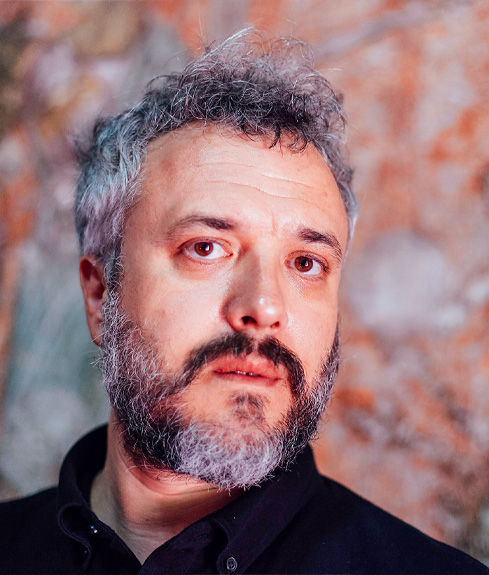Neourgia: The Restoration of Icons in the Premodern World
Presented By
The Byzantine Dialogues from the Gennadius Library
Speaker(s)
Ivan Drpić, Associate Professor and Undergraduate Chair, University of Pennsylvania,
Department of the History of Art
Location
Webinar
About the Webinar:
As paint peels off, pigments discolor, varnishes darken, and wood warps, cracks, and rots, pictures grow old. Careful to draw a distinction between the sacred image as a material object and the likeness it bears, Byzantine iconophile authors argued that, once an icon has decayed—and hence, its formal resemblance to the prototype, the person depicted, has been lost—it is nothing but an inconsequential lump of matter that can be destroyed. In practice, however, old and damaged icons were treated with care. Some were ceremonially buried or set afloat in a river or sea; others underwent various forms of maintenance, including partial or complete repainting, or transfer onto a new support. What do these acts of refurbishment and “rejuvenation” tell us about the icon’s ontology? What do they reveal about the relationship between visual representation, matter, and time? Bringing together material and textual evidence, this lecture seeks to uncover the broader implications of how Byzantines and other premodern Orthodox Christians responded to and dealt with the aging of icons.
About the Speaker:
 Ivan Drpić specializes in the art, architecture, and material culture of Byzantium and its Slavic neighbors in Southeastern Europe, with emphasis on the period from the eleventh through the fifteenth centuries. His areas of research and teaching interest include the interface between the visual and the verbal, medieval aesthetics and theories of the image, the agency of art objects, the history of subjectivity, and the cultural interactions between Byzantium and the Slavic world. Drpić is the author of the award-winning Epigram, Art, and Devotion in Later Byzantium (Cambridge University Press, 2016). He has been the recipient of fellowships and grants from the Alexander von Humboldt Foundation, the American Council of Learned Societies, Dumbarton Oaks Research Library and Collection, the National Endowment for the Humanities, and the Center for Advanced Study in the Visual Arts of the National Gallery of Art in Washington, D.C.
Ivan Drpić specializes in the art, architecture, and material culture of Byzantium and its Slavic neighbors in Southeastern Europe, with emphasis on the period from the eleventh through the fifteenth centuries. His areas of research and teaching interest include the interface between the visual and the verbal, medieval aesthetics and theories of the image, the agency of art objects, the history of subjectivity, and the cultural interactions between Byzantium and the Slavic world. Drpić is the author of the award-winning Epigram, Art, and Devotion in Later Byzantium (Cambridge University Press, 2016). He has been the recipient of fellowships and grants from the Alexander von Humboldt Foundation, the American Council of Learned Societies, Dumbarton Oaks Research Library and Collection, the National Endowment for the Humanities, and the Center for Advanced Study in the Visual Arts of the National Gallery of Art in Washington, D.C.